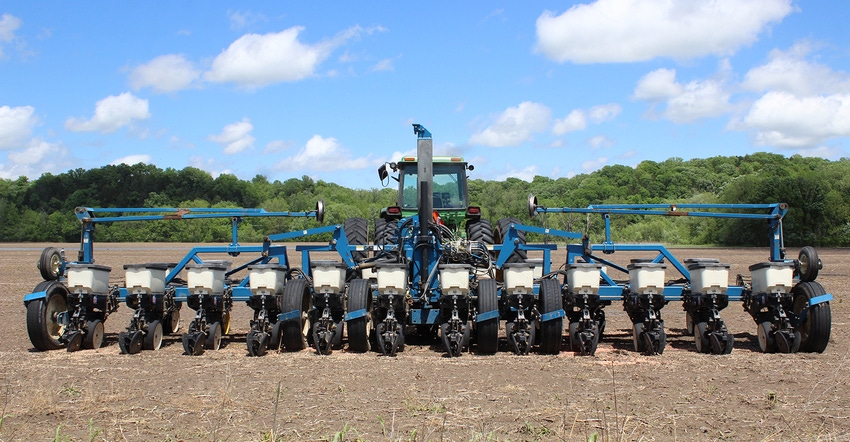January 17, 2017

With cold weather and threats of snow, my mind continues to think about the warm weather coming in just a couple months. It is hard to imagine that the first day of spring is March 20.
Talking with many growers in the area, they, too, are eager to get back into the fields. When we are sitting down around the shop, it's often easy to think about what we need to do to be successful for planting season in 2017. However, we need to step back to think about 2016. What are some key things we learned in 2016?
Looking back on 2016, June sticks out in my mind as a pivotal month in the growing season. We went close to 30 days with no rainfall at all in east-central Missouri. Yet, even with that hardship, we had a record soybean and corn harvest for our area.
Here are four key memories and lessons of 2016 that stood out for me. Some lessons we can plan for and make changes, others we can just learn from.
1. Calibrate meters. There was no doubt that corn stands were impacted by meter performance in 2016. Walking fields, it was clear to see fields where corn planter meters were calibrated and cleaned — they are the ones showing off those picket-fence corn stands. Take the time to take one meter to your local dealer and have him or her check its performance.
2. Field troubles. With thousands of prevent-plant acres from 2015, fields saw different rates of emergence, growth and overall plant health. When talking with growers and scouting fields, I found many plants struggled early if they were fallow in 2015. It was a learning experience for growers, seed dealers and crop scouts.
3. Soybean plant growth. When I scouted early last year, it was clear that our soybeans were going to get some height. It was interesting to see different varieties show off height differences, and try to determine if lodging would be an issue. In the end, lower soybean plant populations showed better stands and had a larger canopy that helped shade rows better
4. Gray leaf spot disease in corn. With the month of June, we continued to scout cornfields and check for GLS. Many growers took the jump and applied fungicide to their cornfields. In trials, we saw an increase of 7 to 15 bushels per acre in many fields. This also gave us better stalk and overall plant health during fall harvest, which was key.
It is important to take notes and look back on what affected our fields last year. This will help us make plans for 2017.
Good luck in the upcoming weeks as you work in the shop to get planters ready to hit the fields. Don't forget to take time and line out your planting plan — one I hope brings success to your operation.
Allen is owner of Allen Seed and Service, where he scouts 3,500 acres of corn and 10,000 acres of soybeans annually. He writes from Hawk Point.
About the Author(s)
You May Also Like




